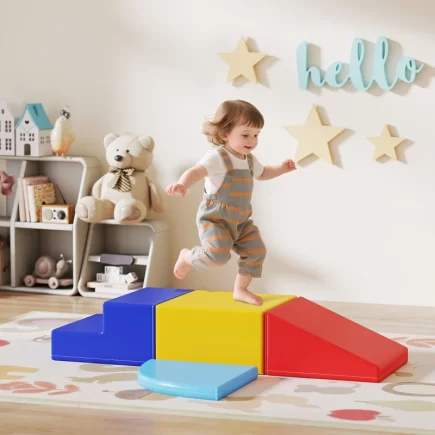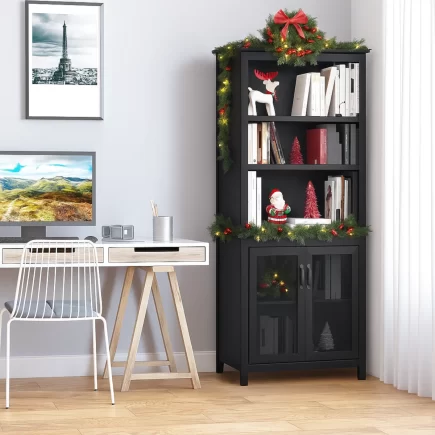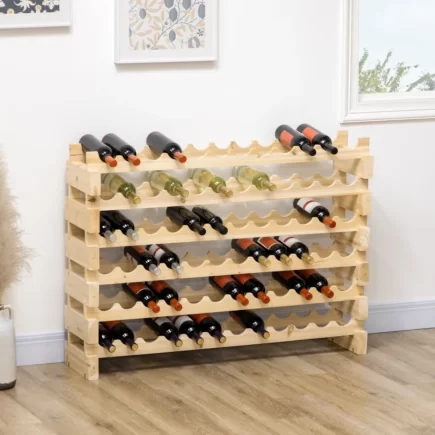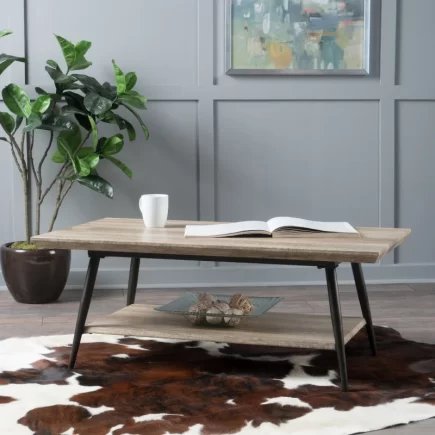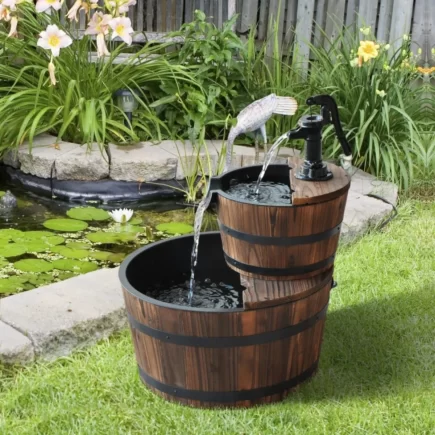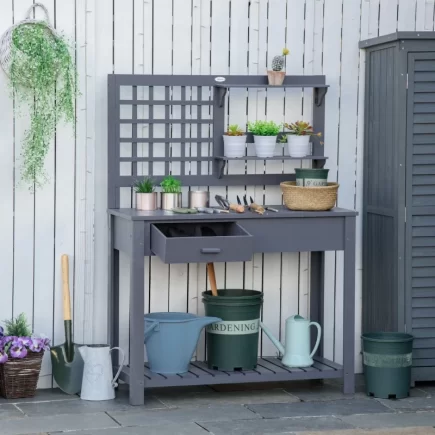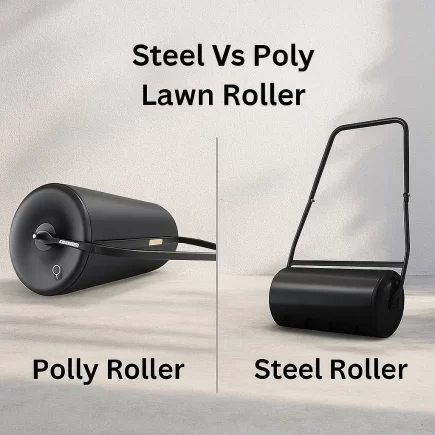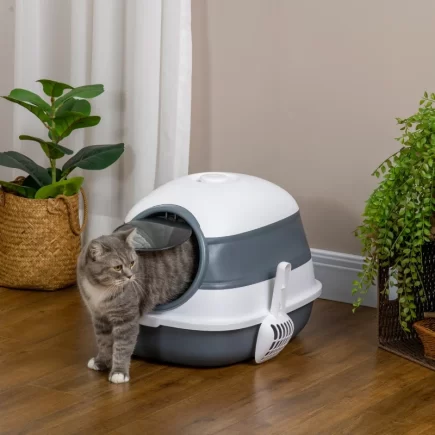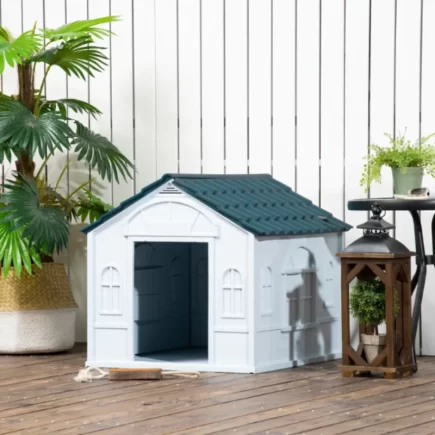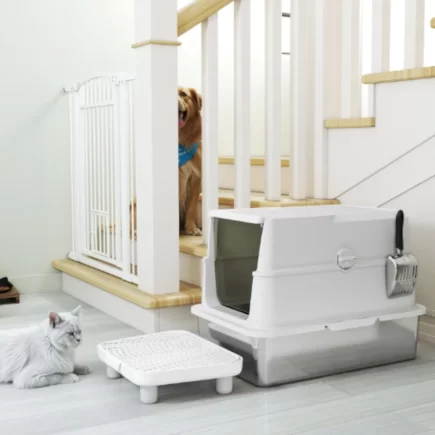A well-organized pantry is the heart of an efficient kitchen. It’s not just about tidiness, it’s about creating an environment that saves you time, reduces waste, and makes meal prep easier. If you’ve ever found yourself fumbling through a pile of cans and boxes to find that one ingredient, you know the struggle. But fear not! With some strategic planning and simple tools, you can transform your kitchen pantry into a haven of order and ease.

In this article, we’ll explore the top methods for organizing your pantry cabinets, ensuring everything is within easy reach and beautifully arranged.
1. Use Clear Containers
The first step in organizing your pantry is to ensure you can see what you have. Storing grains, pasta, snacks, and other pantry staples in clear, airtight containers is an essential step to achieving a clutter-free kitchen.
Visibility is the key. When your items are housed in transparent containers, you no longer have to open every box or bag to see what’s inside. Whether it’s dry beans, rice, or granola, you can easily spot what you need with a glance.

Recommended Container Types
- Glass jars
- Plastic bins
- Canisters
2. Label Everything
Imagine the chaos of a pantry where the contents of each container are a mystery. Labeling your pantry items is a small step that can make a big difference. Proper labeling allows you to quickly identify what’s in each container, saving you time and eliminating confusion.
Visual Appeal neatly labeled containers give your pantry a cohesive, polished look.
Labeling Tools You Can Use
- Chalkboard labels for a vintage, rustic aesthetic.

- Clear plastic label holders that attach directly to containers.
- Printable labels for more professional-looking labels that you can customize.
3. Group Similar Items Together
One of the simplest and most effective ways to organize your pantry is by grouping similar items.
- Canned Goods: Store canned vegetables, and beans together.
- Spices and Herbs: Dedicate a shelf or container for all your spices for quick access.
- Baking Section: Keep flour, sugar, baking soda, and other essentials together.

4. Use Lazy Susans
A lazy Susan is a game-changer for organizing the deep corners of your pantry. These rotating trays allow you to easily access items stored in the back without having to dig through everything in front.
Ideal Items for a Lazy Susan
- Spices: Keep your most-used spices at the front.
- Canned Goods: Place smaller cans or jars that are difficult to stack.
- Oils and Vinegars: These items often have different shapes and sizes, making a lazy Susan an ideal storage solution.

5. Install Adjustable Shelving
Not all pantry items are created equal. Some are tall, others bulky. Adjustable shelving gives you the flexibility to change the height of your shelves, allowing you to accommodate both small and large items with ease.
Whether you need to store tall bottles of oil or stacks of canned goods, adjustable shelves ensure you use your pantry space efficiently.
6. Pull-Out Drawers or Bins
Deep pantry cabinets can be tricky to organize. If you’ve ever reached into a deep shelf and had to pull out half of your items just to get to the one you need, you know the struggle. Pull-out drawers or bins are a practical solution for these hard-to-reach spaces. They give you easy access to all the items, even those hidden in the back.
Best Items to Store in Pull-Out Drawers
- Small or Loose Items: Snacks, bags of chips, or granola bars.
- Frequent Items: Items you use daily, like spices or condiments.
7. Store Heavy Items at the Bottom
Heavy items such as canned goods, bottled sauces, or large bags of flour should be stored at the bottom of your pantry. This simple rule not only keeps your pantry stable but also makes these items easier to access without the risk of toppling over.
Why It’s Important to Store Heavy Items at the Bottom
- Prevents Accidents: Heavy items are less likely to cause other items to fall.
- Stability: Keeps your pantry more stable and balanced, preventing any wobbling or shifting.
8. Sort by Expiry Date
Sorting pantry items by their expiration date ensures that you use the oldest products first, reducing the risk of waste. This simple step helps prevent food from spoiling unnoticed at the back of your shelves.
How to Sort by Expiry Date
- Front to Back System: Place items with the soonest expiry dates at the front of your shelves, and store newer items at the back.
- Regular Checks: Regularly check the expiration dates of perishable goods to ensure nothing is forgotten.
Transform your pantry into an efficient, stylish space where everything has its place, making your kitchen run smoother and your meals more enjoyable. For a wide variety of Pantry Cabinets at Aosom, from adjustable shelving units to storage bins and racks.
FAQs
1. What are some ways to keep my pantry smelling fresh?
To keep your pantry smelling fresh, make sure you are storing your food in airtight containers to avoid odors from escaping. You can also place a box of baking soda in a corner of your pantry to neutralize any unwanted smells.
2. Should I store canned goods on high or low shelves?
Canned goods are best stored on lower shelves, especially if they are heavy. This makes them easier to access and reduces the risk of heavy items toppling over.
3. How do I keep my pantry organized without spending too much money?
You can start organizing your pantry without breaking the bank by using simple and affordable tools. Repurpose clear jars or containers you already have at home.


